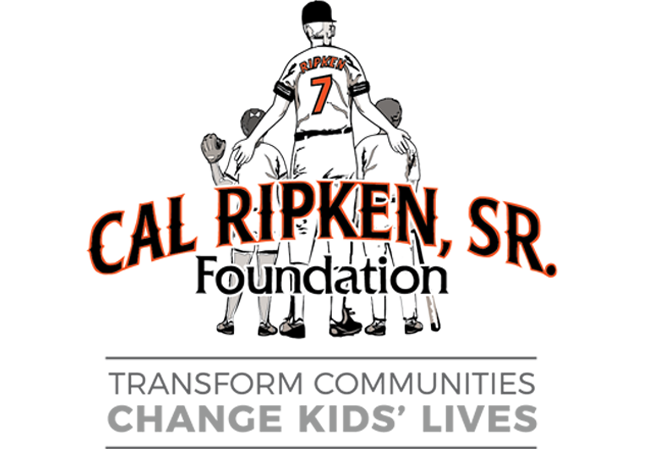Let’s Talk About Traumatic Brain Injury (TBI)Most commonly known as a concussion, TBI is an injury to the brain caused by a blow to the head or body. The blow can either be through contact with another player, hard surface, or ground, or by being hit by a piece of equipment such as a ball, stick, or helmet.  No matter the severity of the blow, a concussion can occur without loss of consciousness and is always serious.What happens during a concussion?When an athlete takes a significant blow to the head or body, the brain will bounce off the skull in multiple areas and can even rotate. Like any other contact injury, the injured area will begin to swell to start the healing process. A vital difference between an injury to an ankle versus an injury to the brain is that the skin can expand to allow the injured area to swell. With the brain, the skull is not as forgiving. When the brain swells too much areas of the brain begin to press into the skull, depriving those areas of oxygen. Your brain is one of the most vital organs in your body and one of the neediest. The brain requires the most amount of oxygen, of any organ, to function within the body. Serious damage can occur if the swelling is prolonged. What can I do as a coach?It is important to educate yourself about the signs and symptoms of concussions and to have an action plan in place in the event an athlete is concussed. The Centers for Disease Control and Prevention (CDC) is a great resource for mentors, coaches, athletes, parents, and professionals regarding concussions and TBI. The CDC created the Heads Up program with the goal to keep athletes safe while playing sports and it aims to reshape the current culture surrounding TBI.  You can find an abundance of resources at your fingertips by going to www.cdc.gov/headsup or by downloading their app to your smartphone.



